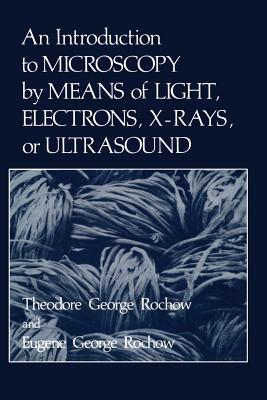
An Introduction to Microscopy by Means of Light, Electrons, X-Rays, or Ultrasound
Description
Many people look upon a microscope as a mere instrument(l); to them microscopy is instrumentation. Other people consider a microscope to be simply an aid to the eye; to them microscopy is primarily an expan- sion of macroscopy. In actuality, microscopy is both objective and sub- jective; it is seeing through an instrument by means of the eye, and more importantly, the brain. The function of the brain is to interpret the eye's image in terms of the object's structure. Thought and experience are required to distinguish structure from artifact. It is said that Galileo (1564-1642) had his associates first look through his telescope- microscope at very familiar objects to convince them that the image was a true representation of the object. Then he would have them proceed to hitherto unknown worlds too far or too small to be seen with the un- aided eye. Since Galileo's time, light microscopes have been improved so much that performance is now very close to theoretical limits. Electron microscopes have been developed in the last four decades to exhibit thousands of times the resolving power of the light microscope. Through the news media everyone is made aware of the marvelous microscopical accomplishments in imagery. However, little or no hint is given as to what parts of the image are derived from the specimen itself and what parts are from the instrumentation, to say nothing of the changes made during preparation of the specimen.
